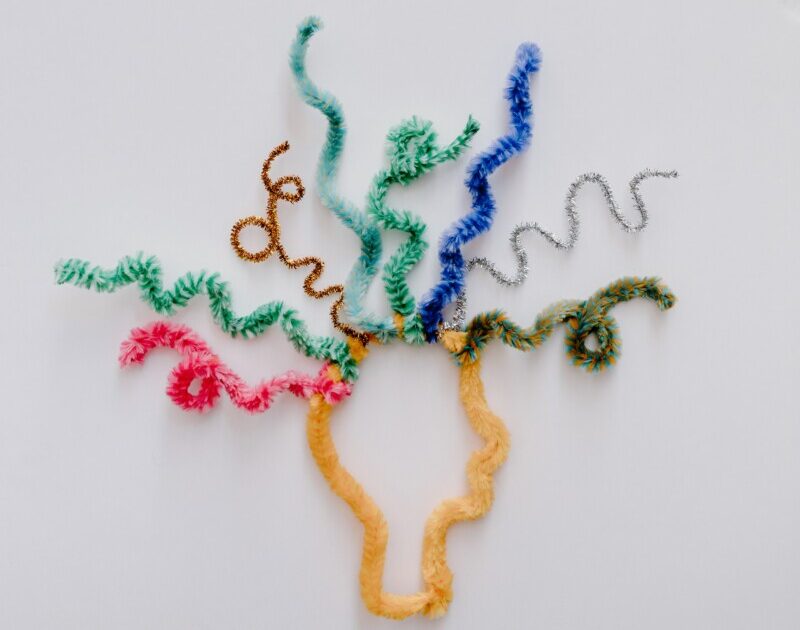Art and culture serve as more than mere embellishments in our daily lives; they are vital components that enrich our mental and emotional well-being. From the canvas to the stage, from historical narratives to contemporary storytelling, the roles of art and culture in enhancing mental health are multifaceted. Their influence extends beyond aesthetic pleasure, acting as powerful agents for psychological stability and emotional harmony.
Unlocking Emotional Resilience Through Art
Art is more than just an aesthetic adventure; it acts as an emotional conduit. Its forms—whether painting, sculpture, or dance—invite us into a world that exists beyond the ordinary. The act of creating or even just appreciating art allows us to disengage from stressors, providing a unique form of mental escape. Importantly, engaging in artistic activities empowers us with tools to understand and articulate our feelings more effectively.
The Deep-Seated Therapeutic Effects of Music and Sound
Never underestimate the transformative power of a simple melody or rhythm. Studies have shown that listening to music can significantly reduce stress hormones, offering a biochemical reinforcement to the emotional relief we often feel. Additionally, genres like binaural beats can influence our brainwaves, aligning them into a more relaxed or focused state. Sound therapy isn’t just a new-age fad; it’s a scientific approach to mental tranquility.
Mindfulness Through Creative Writing
Jotting down your thoughts can be more than just a way to remember them. It can be a way to explore them. Creative writing serves as an introspective avenue where one can navigate through the labyrinth of one’s mind. Unlike talking, where thoughts may be ephemeral, writing allows for a slower, more reflective form of self-expression. Many find that creative writing can be a tool for clarifying thoughts and feelings, leading to greater self-awareness and improved mental health.

Cultural Narratives: Shaping Attitudes Towards Mental Health
Culture isn’t just a background setting; it’s an active agent shaping our mental landscapes. This is particularly true when it comes to stress management, coping mechanisms, and general emotional well-being. Practices like yoga from Eastern cultures or the “hygge” lifestyle from Denmark offer holistic methodologies for mental stability. Melding these culturally diverse tools into mental health tactics can bring about more versatile and personalized treatment plans.
Let’s not forget the weight of cultural stories and myths. They have a strong role in shaping how a society perceives mental health. Whether it’s movies that sensitively portray mental health issues or literature that tackles the intricacies of psychological conditions, the changing narrative contributes significantly to breaking down stigmas. These cultural products not only offer awareness but serve as points of identification for many, demonstrating that they’re not alone in their struggles.
Cultural Inclusion in Mental Health Care
Globalization is more than just an economic or social phenomenon; it’s a confluence of various cultures. As societies become more multicultural, it becomes increasingly crucial to include diverse cultural perspectives in mental well-being care. An approach that may work in one cultural setting might not translate well in another. Tailoring mental health interventions to be culturally sensitive not only improves their efficacy but also fosters a more inclusive environment.
Art Therapy for Better Mental Health
Certainly, pharmaceutical treatments are indispensable for handling severe mental issues. However, art therapy can serve as an effective adjunct. Whether it’s sketching, painting, or sculpting, people can use art to channel their emotions in a constructive manner. Professionals in the field have noted improvements in self-esteem, emotional regulation, and even cognitive functions in individuals who engage in art therapy. This form of treatment serves as a powerful adjunct to traditional methods, offering a comprehensive approach to mental health.
The Rise of Digital Art Forms and Virtual Culture
In today’s digitized world, new forms of art and culture are emerging. Virtual galleries, digital art pieces, and online cultural forums offer unprecedented accessibility. More than ever, people can engage in artistic and cultural activities without geographical limitations. And these virtual experiences don’t just serve as entertainment; they offer therapeutic benefits similar to their physical counterparts.
The Power of Artistic and Cultural Engagement in Daily Life
Incorporating elements of art and culture into daily routines can have a profound effect on mental well-being. Simple activities such as listening to a podcast about art history or attending a local cultural festival can do wonders for your emotional state. These small engagements serve as mental pauses, allowing us to step back, reassess, and move forward with renewed vigor.
By encompassing the arts and various cultural practices in our daily lives, we gain access to a robust toolkit for maintaining mental well-being. Whether it’s an intricate painting, a poignant piece of music, or a culturally rooted practice like meditation, each offers unique avenues for emotional and psychological stability. In a world filled with stressors, the role of art and culture stands as an underutilized yet immensely potent pathway to mental health improvement.



